
10 Strategies for thriving at summer course
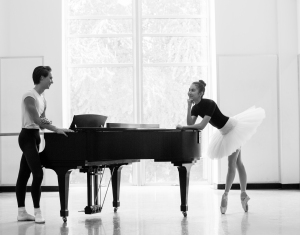
- Arrive Fit
- Be Prepared
- Set Goals
- Be Curious
- Stay Positive
- Fuel Your Body
- Address Homesickness
- Address Injuries
- Be Kind
- Have Fun!
Tip #4: BE CURIOUS
Take advantage of all the opportunities that your summer course has to offer you!
Be open to trying new things and experimenting with new styles & methods of dancing. Not only will your Modern, Spanish and Jazz classes make you more ready for contemporary work, but exploring other ways of moving your body will give you greater body awareness that will translate to your morning technique class and help to make you a better ballet dancer! Think of it as adding to your ballet rather than taking away from it.
As an aspiring professional dancer it is becoming more and more important to embrace other styles because it is no longer realistic to be in a company that only does one style of dance. At PNB, we dance classical and Balanchine works every season, but we are also doing work by Crystal Pite, William Forsythe and Alejandro Cerrudo, which really stretch us in different directions.
You may also encounter other non-dance classes, such as Pilates, conditioning, or weight training at your summer program. Keep in mind that the school is including these in the curriculum in order to make you a better dancer and help you to improve. Try to apply yourself with the same focus and energy as in your ballet technique classes to strengthen your foundation, improve your fitness and get the most out of your summer experience.
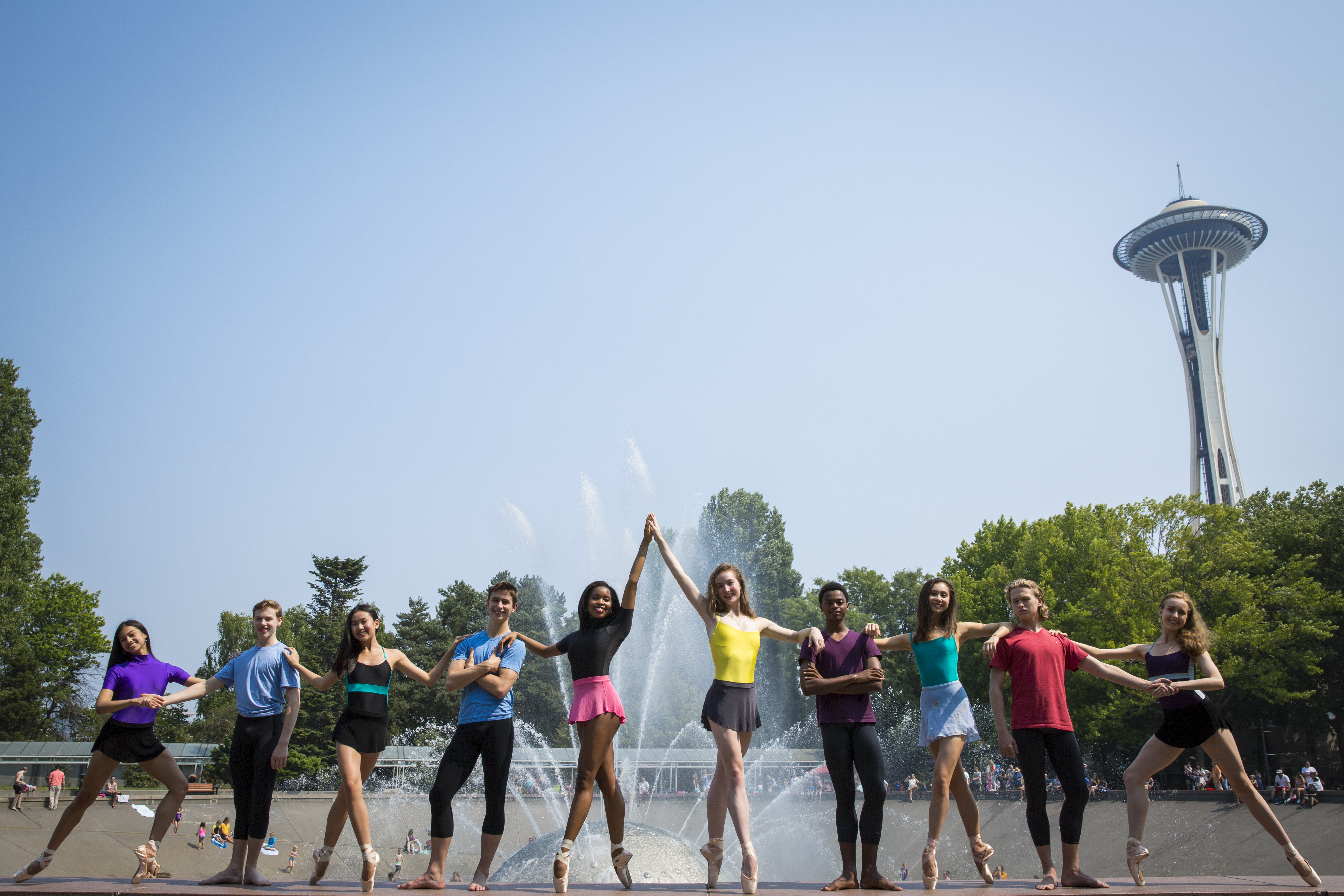
Also, immerse yourself in the culture of the city where you are spending your summer. Get out and see the sights! If you have the opportunity to see a dance or other arts performance at you summer course, I would highly recommend it. If you don’t have access to a live performance, make sure that you take advantage of the media resources of the school you are attending. At PNB, students have access to an impressive video collection at the PNB School Library, featuring performances by PNB, as well as other companies. The school holds regular screenings of these dance videos in the board room at the Phelps Center throughout summer course. Make sure to put your phones down for a moment and participate in these screenings!
Tip #5: STAY POSITIVE
- Corrections—Corrections are meant to help you and make you a better dancer. Don’t let yourself frame criticism in a negative way, but rather, put a positive spin on it. The teacher would not have invested time in giving you the correction if they did not care about you and your improvement.
- Pace of Training—Be open minded to slower or faster training styles. Progress comes in many different ways. The PNB School syllabus emphasizes how you do the steps, not on how many complicated steps you do. For example, you may be capable of doing triple pirouettes, but those pirouettes might also be sloppy and inconsistent. If this is the case, the teachers may be asking you to do a perfect single pirouette before adding further difficulty. Remember, there is progress that is defined by quantity, but as an artist, progress measured in quality is often more desirable. There is value for every dancer in taking a step back and refining the way that they do things. For example, I’ve been able to do a tendu since I was 7 years old, but I’m still working on perfecting my tendus every day in class.
- Level Placement—Do not get hung up on level placement. The faculty at PNBS places you in the level that they feel will allow you to grow and improve the most. PNB School’s philosophy is that they see potential for every student that they accept into the summer intensive to succeed and have a career in dance. A student placed in level 7 is not necessarily viewed as having more talent/potential than someone placed in level 5 in the eyes of our faculty. All of our teachers come to each class with the same intention, to make you the best dancer that you can be by working from your current strength and skill level.
- Competition—Stay focused on yourself! You can use your peers as sources of inspiration and motivation, but try not to compare yourself to others. Each dancer has their own individual strengths and weaknesses. While you may want your friend’s feet, they may want your jump. The only thing that is within your control is your own progress. Dwelling on other’s abilities only offers distraction and can even decrease motivation to improve. Remember, each director looks for different qualities in dancers and the best way to ensure that you get noticed by one of them is by being the absolute best dancer that you can be.
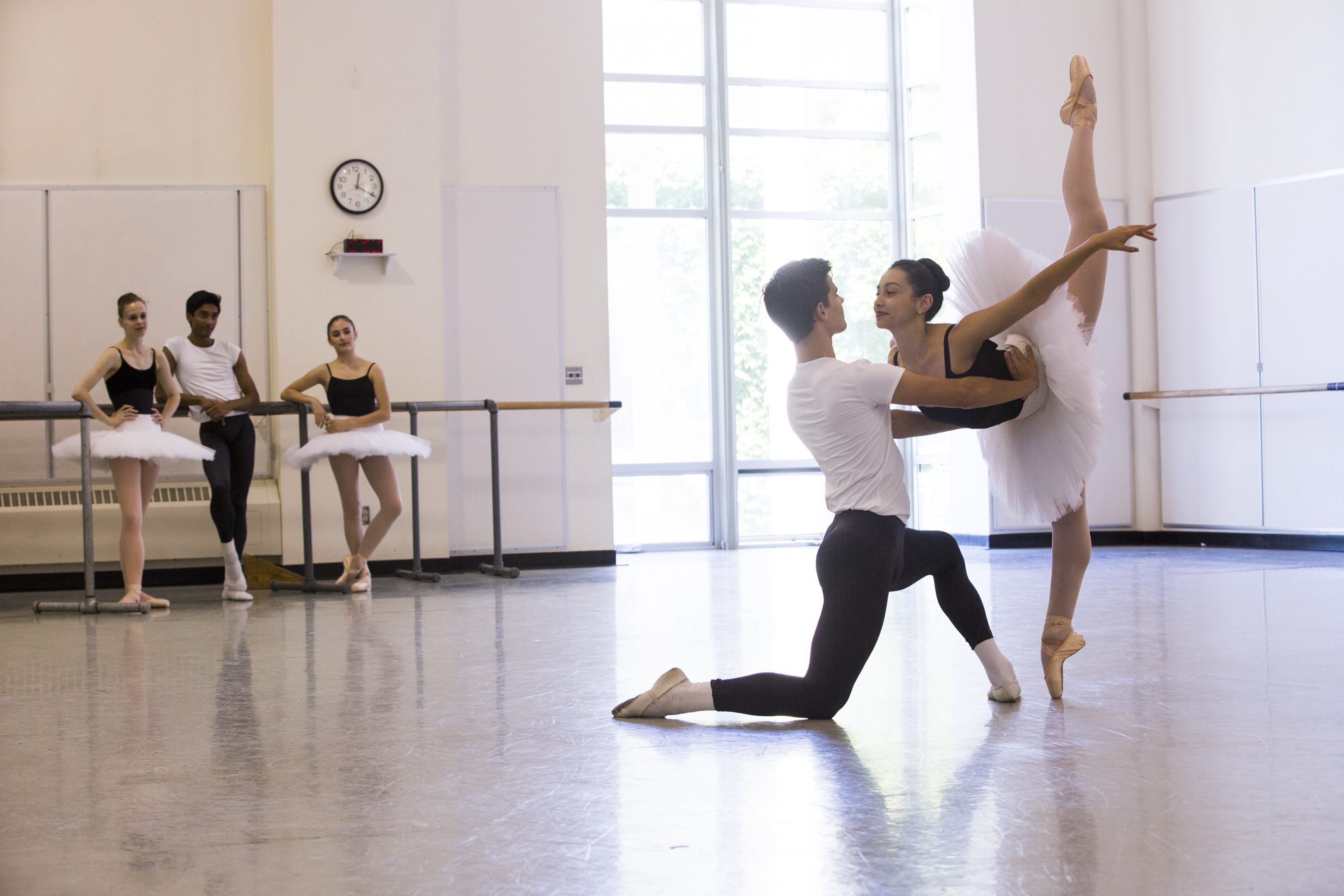
Tip #6: FUEL YOUR BODY
Rule #1: Do not make a drastic change in your diet while at summer course. For example, if you do not eat a vegan/vegetarian diet at home, do not try to adopt one in the dormitory. The same goes for any other type of diet that restricts entire food groups, such as Paleo or gluten free diets.
- These types of diets require an adequate knowledge base to ensure that you are getting the ideal amount of nutrients you need to function at your best.
- Many restrictive diets require the use of food substitutes and other specialty ingredients that may not be readily available to you without advance planning with help of your parents.
- You should never make a substantial change in your diet during a peak training period, like a summer intensive. If you are thinking of making a change, plan to start it when you have a lull in training intensity. This way you can allow your body to adjust and then monitor how your body responds as you increase your training demands.
Rule #2: Make sure that you are eating enough to fuel your body in order to get through your day of classes. You should be reaching for nutritious, minimally processed foods, like whole fruits & vegetables, nuts & seeds, lean proteins & dairy, and whole grains.
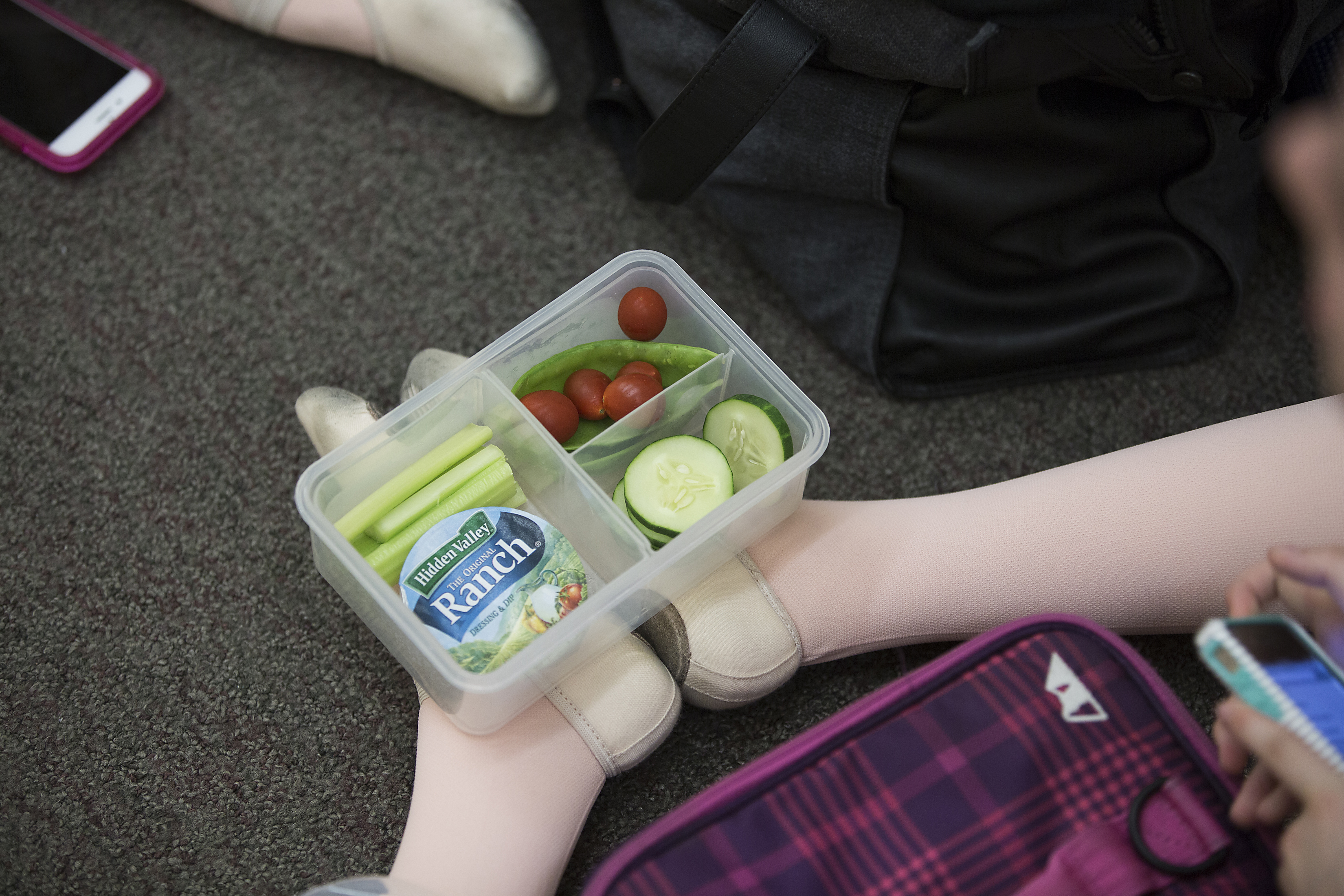
Top Dancer Foods:
- Lean Protein- Grilled chicken, wild salmon, canned tuna, eggs & tofu.
- Leafy greens- Kale, spinach, romaine lettuce, & Swiss chard.
- Quality grains- Oatmeal, rice, quinoa, and whole grain breads & wraps.
- Healthy fats- Avocado, olive oil, walnuts, almonds, sunflowers, pistachios, cashews, and nut butters.
- Cruciferous vegetables- Broccoli, cauliflower, cabbage, and Brussels sprouts.
- Colorful vegetables- Carrots, bell peppers, sweet potatoes, and beets.
- Berries- Blueberries, strawberries, raspberries, etc.
- Other fruit- Apples, pears, bananas, grapes, oranges, grapefruit, melon, and tomatoes.
- Legumes- Peas, chickpeas/garbanzo beans, black beans, cannellini beans, and hummus.
- Dairy- Greek yogurt, cottage cheese, low-fat milk. Chocolate milk is an excellent post class recovery snack!
While desserts and foods that are high in sugar are ok to eat as occasional treats, they are not great options for fueling your body for a couple of reasons.
- They are not very nutrient dense, which mean they provide very few vitamins and minerals for the amount of calories they contain.
- Most foods that fall into this category do not offer sustained energy since they contain little fiber and are processed very quickly by the body. This leads to a short spike in blood sugar & energy, which is followed by a crash. This type of fuel will make you want a nap more than it will help you do 32 fouettès!
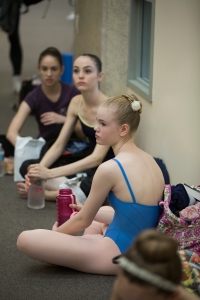
Rule #3: Stay hydrated. Get in the habit of carrying your water bottle with you wherever you go and drink water throughout the day. This is especially important since you will have multiple classes and will be sweating all day long!
Rule #3: Make sure that you are getting enough sleep! Recovery is an integral part of your training regimen as a dancer, which we often forget. You need to make sure that you are fully recharged each day in order to train to your full potential and have an overall positive experience.
- Pro tip: Give yourself a chance to wind down before bed without being on your phone. Set a time each night, when your phone will be off limits and read or sew pointe shoes until you feel yourself getting sleepy.
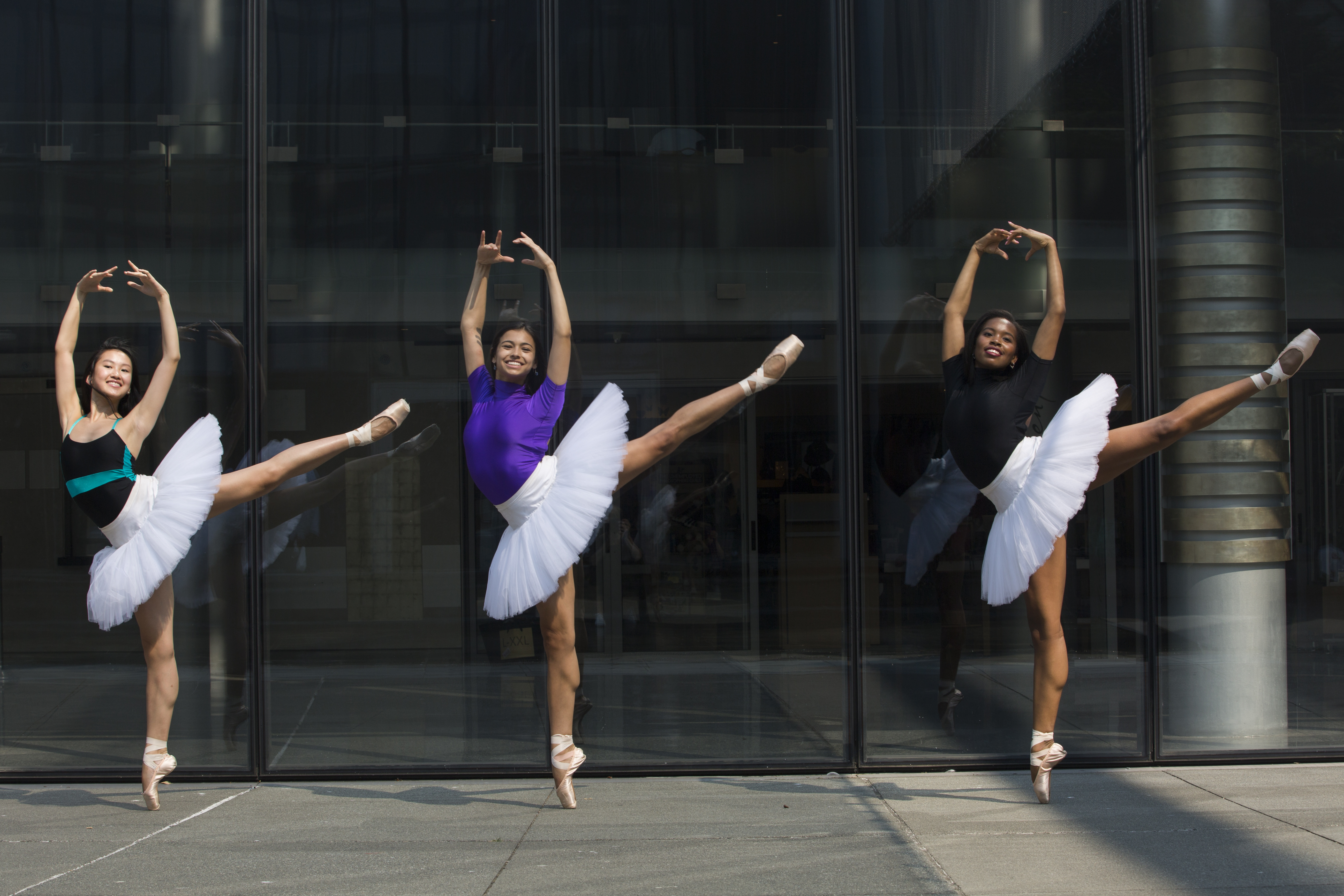
Read the last installment of Tips From a Professional Dancer for Thriving at Summer Course: Part III!





